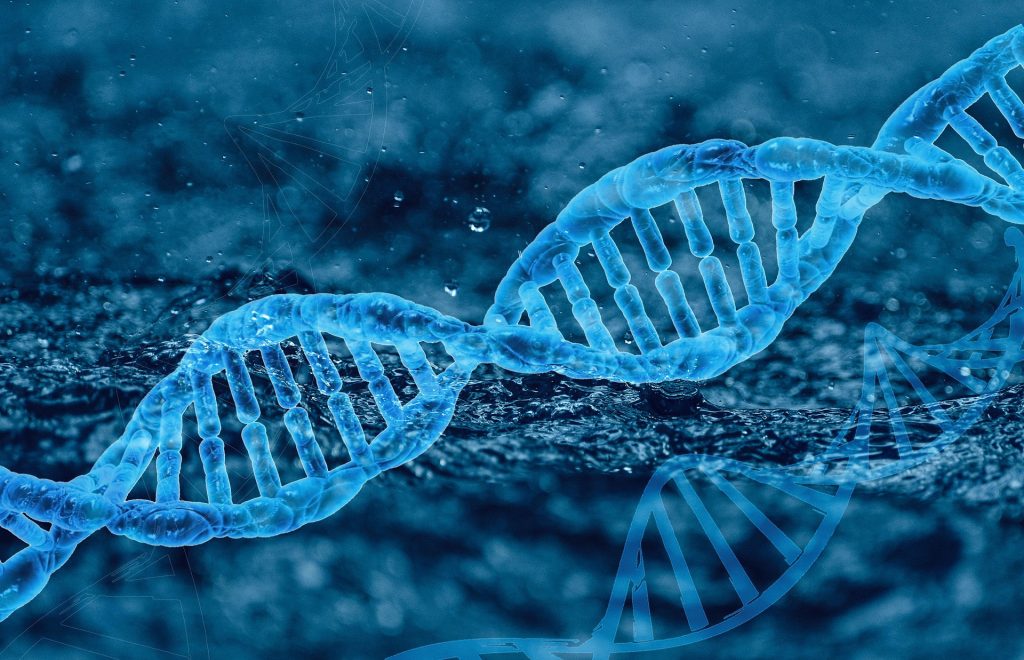Powering Up NK Cells With Magnetism

Powering up natural killer cells with magnetic nanoparticles could enhance cancer immunotherapy, according to a Northwestern Medicine study published in ACS Nano.
This method could allow for the unleashing of natural killer (NK) cells on a variety of solid tumours, according to senior author Dong-Hyun Kim, PhD, associate professor at Northwestern.
“People have had trouble applying NK cells to solid tumours,” said Prof Kim. “If we can provide an easy path to modulate NK cells, perhaps this can become a useful therapy.”
Most cell-based immunotherapies involve T-cells, but these chimeric antigen receptor (CAR) T-cell therapies are costly and have a long incubation period and strong side effects.
On the other hand, NK cells belong to the innate immune system and are quicker to respond to pathogens. NK cell immunotherapy has been explored, according to Prof Kim, but that too has barriers.
“It’s pretty hard for these cells to penetrate inside the tumours which have thick barrier tissues,” Prof Kim said.
Magnetically activated NK cells
Boosting NK cell function with cytokines have proven unsuccessful and, like CAR T-cell therapy, have a high cost and lengthy manufacturing time. However, Prof Kim’s previous work with nanoparticles inspired a different approach.
Prof Kim and colleagues developed a magnetic nanocomplex that binds with NK cells and, when activated with an alternating magnetic field, exerts force on the exterior of the cell, promoting secretion of cytotoxic compounds. Testing this nanocomplex in animal models of hepatocellular carcinoma, the investigators found that magnetic activation increased the cancer-killing ability of NK cells when injected into solid tumours.
As a bonus, these nanoparticles show up with MRI, allowing for precise monitoring of NK cell distribution during and after injection.
“This creates a stronger NK cell, and can hopefully enhance the efficacy of the treatment,” Prof Kim said.
Source: Northwestern University



